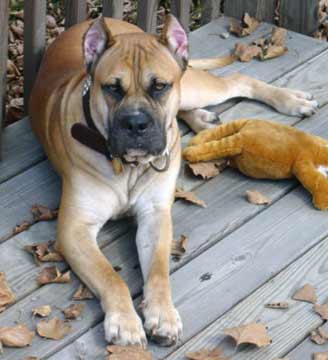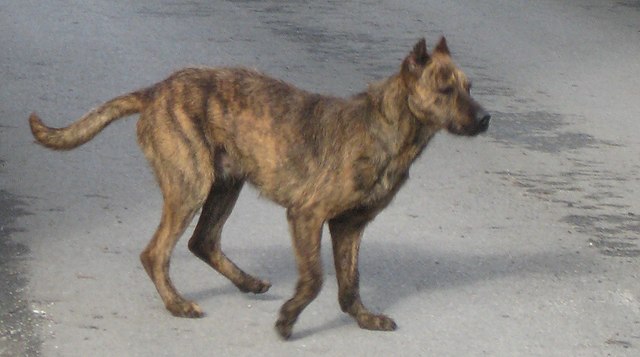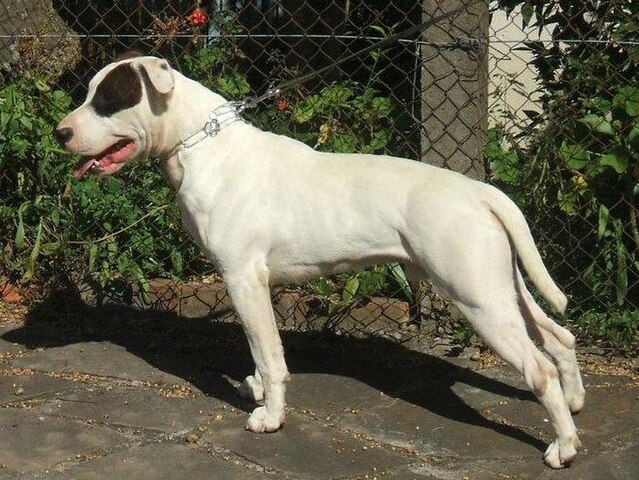The Austrian Pinscher was formally recognized in 1928, however the ancestors of this utilitarian breed go back much further and were likely were the base of all pinscher and schnauzer breeds. Although still not recognized by the AKC in this country, they are recognized by the UKC, however are fairly rare in the world and unfortunately threatened with extinction. This small-medium sized breed had been used as an all-purpose farm dog (watchdog, guardian of the property, drover, ratter and livestock guarding) and a loyal companion. A general homebody, they aren’t prone to wandering or hunting.
Austrian Pinschers are intelligent and willing to please, although can be occasionally stubborn and often want to be the boss. They are definitely not for novice owners or for those who prefer a submissive breed. Obedience training is highly recommended to give these lively dogs a job to do in their daily life! Working is in this breed’s blood and they appreciate being given tasks that allow them to use both their body and mind. This means they are also excellent candidates for dog sports such as agility and competition obedience! They tend to pick up new commands fairly quickly.
The Austrian Pinscher can vary considerably in appearance. Many specimens have a smooth, slick coat although the standard allows for the coat to be “short to medium-long”, which means that some dogs are quite fluffy! Colors range from gold, red, yellow to black/tan. White markings are allowed but not necessary. Because these dogs are used primarily for working and not usually bred for the show ring there can be a substantial difference in looks between one dog and the next. The average lifespan of the Austrian Pinscher is 12-14 years and the breed is fairly healthy for the most part. General care and upkeep is simple, although it’s important to realize that the breed can shed heavily.
With strangers, the Austrian Pinscher can be quite suspicious and may take awhile to warm up. The FCI breed standard actually states that an Austrian with the correct temperament should be “an incorruptible guard”. While he is not a large or otherwise intimidating-looking dog, he does have the power and the will to protect the house in times of danger. This said, to his family he is extremely affectionate and dedicated, with a playful demeanor, when raised correctly. It is very important to socialize young and implement a regular training schedule, as well as firm household rules. As with certain other guarding breeds, he can become a liability in the wrong hands!
Austrian Pinschers have a lot of energy and need daily exercise. Tending to be excitable and active, they don’t make good pets for apartment dwellers – and this goes double because they can be somewhat loud as well. They can live in a home with a large yard although really thrive in country homes with lots of property. Although they need to stretch their legs regularly by free-running in a yard or property, they should also be given walks (or more preferably, jogs) on a daily basis as well.
The Austrian Pinscher doesn’t always get along with other dogs. Having multiple dogs living together will require the right combination of personalities, as well as an owner who understands dog behavior. They can get along with children, however although once again it is recommended that owners be dog-savvy. They can develop possessive behaviors if allowed to get away with it, which can be disastrous in situations with young children! This is a fantastic breed in the right hands, but does require the right owner in order for the fit to work.




